Mosquito control involves understanding breeding patterns (stagnant water), identifying common sites (abandoned tires, clogs), and implementing preventive measures like removing standing water, proper waste management, and using natural predators. Chemical methods (larvicides, sprays) target mosquitoes at different life stages, but require careful environmental and safety considerations. Environmental approaches, such as habitat modification and introducing natural predators, offer sustainable alternatives. Community-based strategies, education, and public awareness are crucial. Preventive measures like eliminating breeding sites, using repellents, and maintaining clean environments are key. Emerging technologies, including genetic engineering, surveillance systems, and digital applications, enhance mosquito control efforts through data-driven approaches.
Mosquitoes are not just a nuisance; they pose significant public health risks, primarily through disease transmission. Effective mosquito control is essential for maintaining a healthy environment and community. This article delves into comprehensive strategies for mosquito breeding control, covering understanding breeding patterns, identifying sites, natural repellents, chemical measures, environmental approaches, community initiatives, preventive healthcare steps, and emerging technologies. Explore these methods to combat mosquito-borne diseases and ensure a safer, healthier living space.
Understanding Mosquito Breeding Patterns
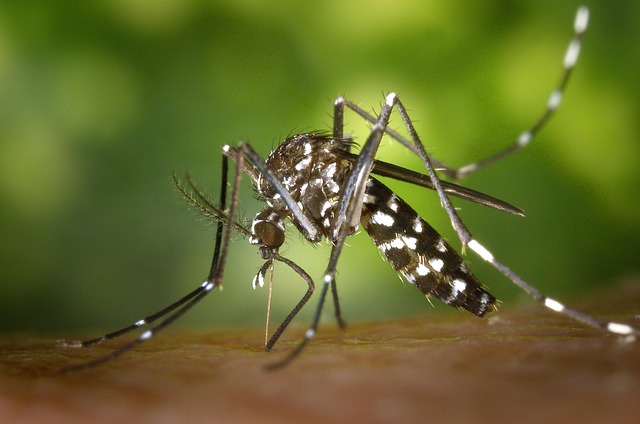
Understanding mosquito breeding patterns is a crucial step in implementing effective mosquito control strategies. These insects breed in stagnant water, often in containers as small as a bottle cap or larger bodies like puddles and ponds. They lay their eggs on the water surface, and within 24–48 hours, they hatch into larvae, which then transform into pupae before emerging as adult mosquitoes. This rapid life cycle makes timely intervention vital to disrupt their breeding cycle.
By identifying typical breeding grounds, such as abandoned tires, birdbaths, or clogs in drainage systems, mosquito control efforts can be focused. Regular removal of standing water and proper waste management are key preventive measures. Additionally, using larvicides or introducing natural predators like fish can help manage breeding sites. Understanding these patterns allows for better-informed decisions to combat mosquito populations and create a healthier environment.
Identifying Breeding Sites Around Your Home
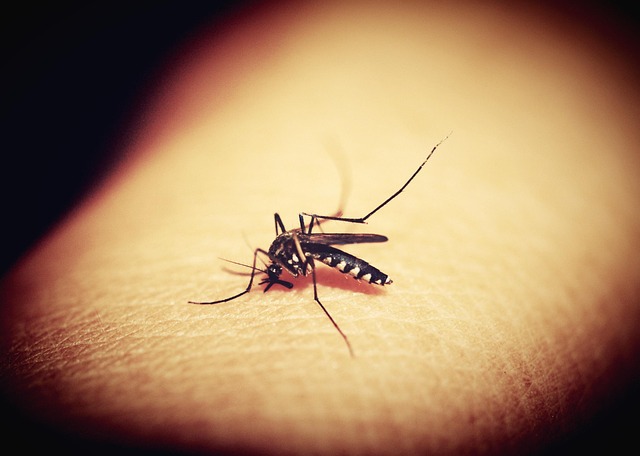
Mosquito breeding sites can often be found right around your home, in areas where standing water collects. These sites provide the perfect environment for mosquitoes to lay their eggs and breed. Common places include bird baths, flower pots, old tires, buckets, and any container that holds water. Even small amounts of standing water can attract mosquitoes, so it’s important to regularly inspect your property and remove or empty any potential breeding grounds.
Regular maintenance and good gardening practices can significantly reduce mosquito control efforts. Trimming vegetation, cleaning up debris, and ensuring proper drainage around your home are all effective strategies. By identifying and eliminating these breeding sites, you can take a significant step towards reducing the mosquito population in your immediate surroundings.
Natural Repellents and Their Effectiveness
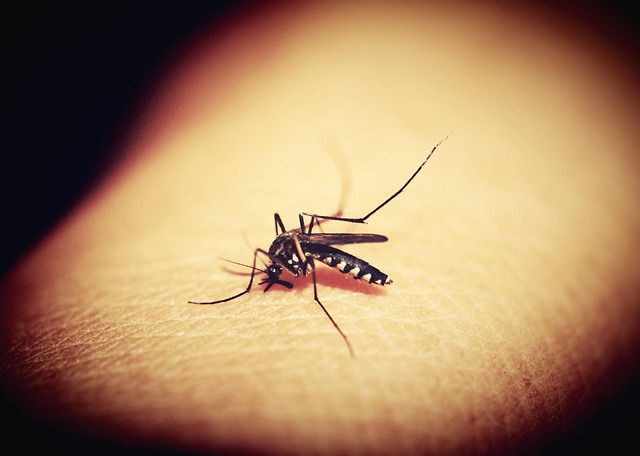
Chemical Control Measures: Pesticides and Sprays

Chemical control measures, particularly pesticides and sprays, play a significant role in mosquito control. These products are designed to eliminate or reduce mosquito populations by targeting specific biological processes essential for their survival. Insecticides, for instance, can be applied to standing waters, where mosquitoes lay their eggs, to disrupt the breeding cycle. Adulticides, on the other hand, are used to kill adult mosquitoes in flight, helping to reduce bite incidents and disease transmission.
When implementing chemical control measures, it’s crucial to consider environmental impact, human safety, and resistance management. Proper application techniques, timing, and dosage are essential to ensure effectiveness while minimizing harm to non-target organisms and ecosystems. Additionally, resistance development in mosquito populations necessitates regular monitoring and the use of alternative or combined strategies for sustainable mosquito control.
Environmental Approaches to Mosquito Management

Environmental approaches to mosquito management are gaining traction as a sustainable and eco-friendly method of mosquito control. This strategy focuses on creating an unappealing environment for mosquitoes to breed, rather than relying heavily on chemical pesticides. By modifying habitats and reducing breeding sites, these methods aim to curb mosquito populations naturally. One effective technique is the introduction of natural predators like fish and dragonflies, which feed on mosquito larvae. Restoring and preserving wetlands and water bodies can also help, as mosquitoes require standing water for their eggs to develop.
Additionally, using plants that repel mosquitoes and encouraging good land management practices can significantly reduce breeding grounds. Environmental approaches not only minimize the ecological impact of mosquito control but also promote a healthier balance in ecosystems. This holistic method is particularly useful in urban areas where chemical spraying might have adverse effects on nearby residents and wildlife. By adopting these strategies, communities can effectively manage mosquito populations while preserving the environment.
Community-Based Strategies for Mosquito Control
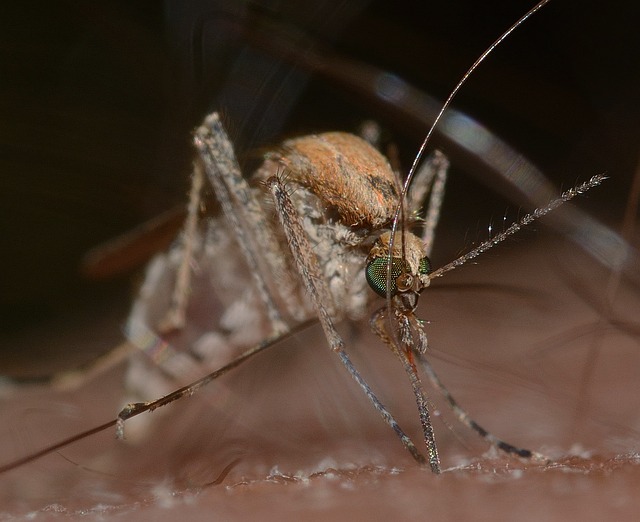
Community-based strategies play a vital role in effective mosquito control, empowering folks to take ownership of their environment. One powerful approach is encouraging residents to remove standing water, as this is where mosquitoes breed. Simple actions like cleaning up discarded containers, emptying birdbaths regularly, and ensuring proper drainage can significantly reduce breeding grounds. Community initiatives can also involve planting mosquito-repelling plants, such as citronella or lavender, in public spaces and gardens, naturally deterring these pests.
Moreover, community education programs can raise awareness about the importance of mosquito control. Teaching residents about the life cycle of mosquitoes and the signs of potential breeding sites fosters a proactive mindset. By sharing knowledge on identifying and reporting areas with standing water, communities can work together to inspect and treat problem zones, thus enhancing overall Mosquito Control efforts.
Preventive Measures for Public Health and Safety
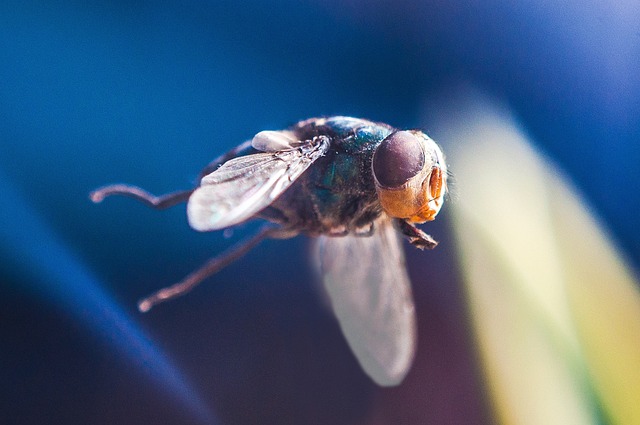
Preventive measures play a pivotal role in mosquito control, especially for public health and safety. Eliminating standing water is a fundamental strategy as mosquitoes breed in stagnant water. Individuals can contribute by regularly emptying containers like flower pots, old tires, and bird baths. Maintaining clean and well-drained environments significantly reduces mosquito habitats. Additionally, using insect repellents containing DEET or other approved ingredients provides personal protection against bites when outdoors.
Public awareness campaigns are crucial to educating communities about the importance of collective action. Simple measures such as installing mosquito netting in windows and doors can prevent these insects from entering homes. Community-wide efforts to treat bodies of water with larvicides specifically target mosquito breeding sites, further mitigating their population. Integrating these preventive practices into daily routines and community initiatives fosters an environment that discourages mosquito breeding, thereby enhancing public health safety.
Emerging Technologies in Mosquito Breeding Control
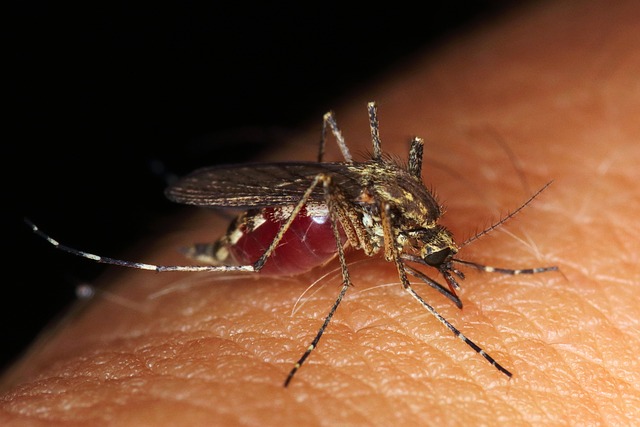
Emerging technologies are playing a pivotal role in revolutionizing mosquito control. One innovative approach involves the use of genetic engineering to develop mosquitoes resistant to diseases, reducing their overall population and impact on public health. Another game-changer is advanced surveillance systems; drones equipped with high-resolution cameras and sensors can now monitor breeding sites more effectively, enabling early detection and swift action.
Additionally, digital solutions like mobile apps are empowering citizens to contribute to mosquito control efforts. These apps allow users to report breeding sites, track local mosquito activity, and receive real-time updates on prevention measures. Integrating these technologies into existing control strategies offers a comprehensive, data-driven approach to managing mosquito populations and enhancing the quality of life in affected areas.
